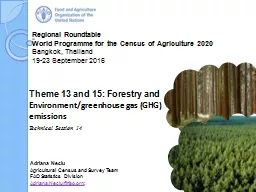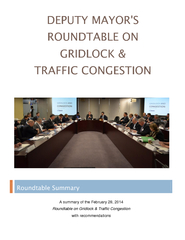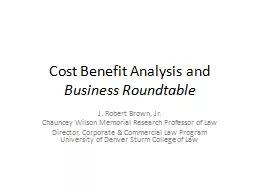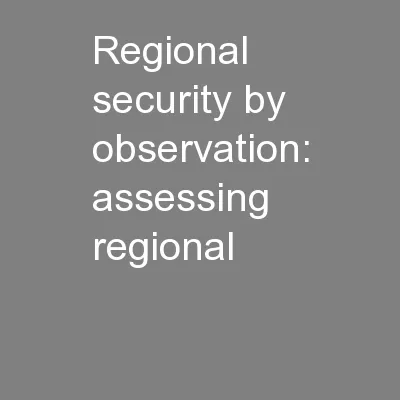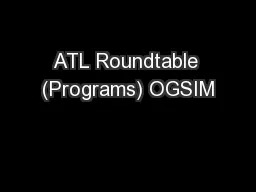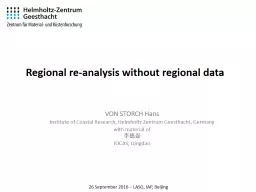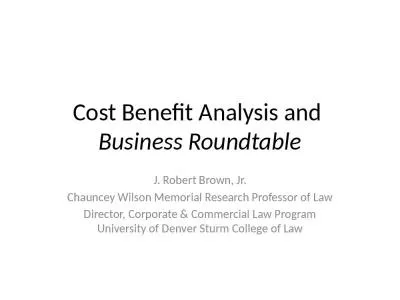PPT-Regional Roundtable
Author : sherrill-nordquist | Published Date : 2017-04-06
World Programme for the Census of Agriculture 2020 Bangkok Thailand 1923 September 2016 Adriana Neciu Agricultural Census and Survey Team FAO Statistics Division
Presentation Embed Code
Download Presentation
Download Presentation The PPT/PDF document "Regional Roundtable" is the property of its rightful owner. Permission is granted to download and print the materials on this website for personal, non-commercial use only, and to display it on your personal computer provided you do not modify the materials and that you retain all copyright notices contained in the materials. By downloading content from our website, you accept the terms of this agreement.
Regional Roundtable: Transcript
Download Rules Of Document
"Regional Roundtable"The content belongs to its owner. You may download and print it for personal use, without modification, and keep all copyright notices. By downloading, you agree to these terms.
Related Documents

